|
Our design team has finished greyboxing Timber Hearth & Timber Moon and are turning their attention to Dark Bramble. Just as working on Timber Hearth allowed them to create a way more functional, dynamic, and grounded home village, the designers are now re-thinking how to create the tension and wonder of Dark Bramble. The alpha version of Dark Bramble was frightening but very basic in its artistic implementation, so flushing out the story and design gave our team a different idea of how the planet was formed and how that would look to the player. We're super excited about what the redesigned Dark Bramble will look like! Let us know what you think about our concept art on our forums! There are some very specific concepts for how the planet grew to be what the player experiences, but we'll save those for a narrative update from Kelsey! For now, we'll just throw a juicy hint that no planet is getting as much of a experience & content overhaul as this gaseous terror of a planet! With this concept art in place, Alex is now doing a combined scripting/greyboxing of Dark Bramble that allows for procedurally generated vines interweave with sculpted content. Combined with the fog shader that Logan's working on, the planet's only going to get more intense!
The probe is a great example of changing a core system to improve gameplay. When you watch the dev team explore one of the more dangerous planets, they use the probe launcher extensively as a scouting tool. Our players, however, used the probe far less often. Why?
Well for starters, there was no tutorial section in the old village to demonstrate how and why to use the probe. With our newly designed village, there's a practice probe launcher to launch into a crater so players can best understand how to use the tool. (Plus a friendly Hearthian miner to give you a few tips). This structured playspace lets you try out different ways of launching the probe to discover areas both near and far. So far, we're excited by the results! For this update, we have our technical artist/programmer/wunderkind Logan discussing how he created the new atmosphere shader for Outer Wilds. Take it away, Logan! My first step in approaching the challenge of planetary atmosphere in Outer Wilds was to start reading papers. Lots and lots of papers. After a week of filling my brain with Rayleigh and Mie scattering, 4-dimensional textures, and raymarching, I was completely fried. There were a lot of different approaches out there, but a lot of them managed end-runs around the difficult parts by simply finding ways to not do them. A lot of atmosphere shaders were split into separate parts that only worked on the ground or space, or that were hardcoded to specific thickness ratios, or that relied on the planet not being any more complicated than a perfect sphere sitting completely still in space.
We are super excited to release Beacon 38 for Apple & Android tablet & phones! We finished up Beacon as we started the Outer Wilds campaign, and the game shares many of the same design principles (and designers) as Outer Wilds!
Beacon 38 is a mobile exploration game where you use sonar to navigate through a dangerous, beautiful alien world that constantly surprises and challenges. See if you can navigate your tiny scout ship past massive predators, mysterious creatures, and unknown peril to escape the 38th Dimension! Using the core mechanics of sonar pinging and navigation, you make your way through an ever changing, evocative ecosystem that must be understood to be overcome: the game consists of over a dozen sectors each with its own mechanics, creatures, and challenges. With an art direction that blends Art Deco beauty with Lovecraftian horror and an engaging story world set in deep space, littered with lore, the thin red line between danger and safety is literally at the player’s fingertips. Do you have what it takes to make it out of the 38th? The team is super excited to be in the full swing of production! The design team is greyboxing Timber Hearth & its moon, the art team is concepting the next planets & modeling characters, the tech team is writing shaders & overhauling the dialogue system--WHEW! And that doesn't even mention our writer, Kelsey, who's doing awesome work expanding the story throughout the solar system! Y'all, there's never a day of rest at the Outer Wilds Ventures! This update sees Alex discusses the greyboxing process on the home planet, Timber Hearth, then Wesley discusses updating the art & lighting throughout the solar system, and finally Loan introduces our last mobile release, Beacon 38, and how it relates to Outer Wilds! One lat thing before we turn it over to Alex: in case your friends didn't get in on the campaign, we now have a "Slacker Backer" pre-order available on our homepage. Have them play the alpha demo and join Outer Wilds Ventures! Now over to Alex! GREYBOXING!
The starting village on Timber Hearth has been playtested to hell and back, it’s clearly effective at establishing the tone of the game, and it’s literally award-winning. So it should come as no surprise that we’ve decided to essentially redesign the whole shebang. Which is why we now find ourselves in the strange situation of making a graybox for a piece of level design that hasn’t changed in years. “But what is a graybox?” you ask.* A graybox is a rough version of a level, often made by shoving untextured cubes together (hence the- well you get it), which is created by level designers to block out a space and test it with gameplay. Since most of the locations in Outer Wilds exist on or below the surfaces of spheres, we graybox our levels in Maya using a collection of tools that help us do things like build paths on curved surfaces and carve out caves and canyons. |
Archives
June 2024
From the
Updates on our games, our process, and the joys of being Mobius Digital. Categories |

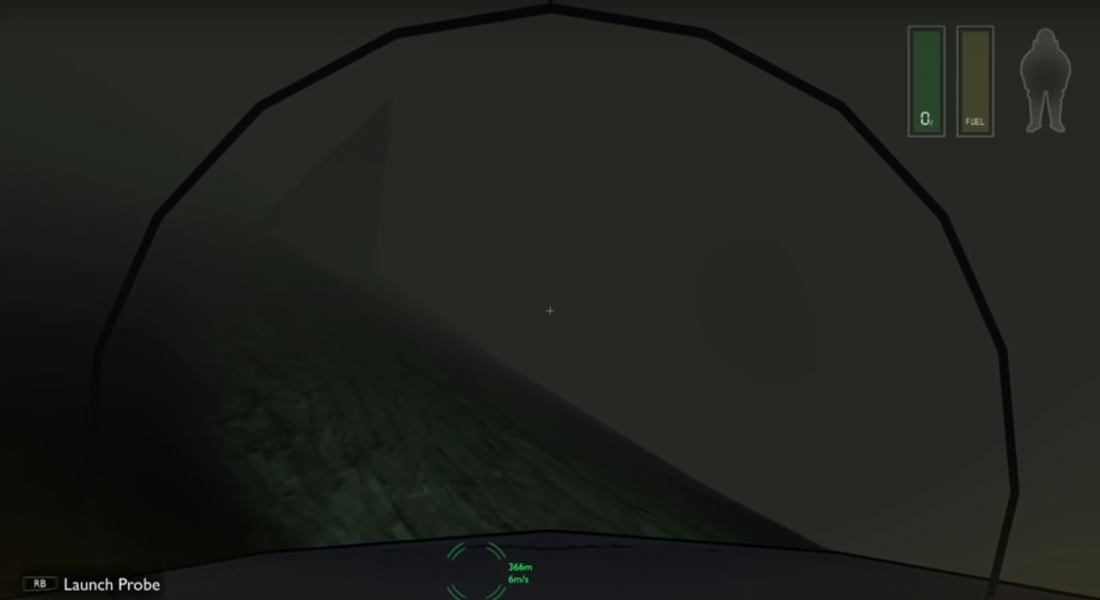
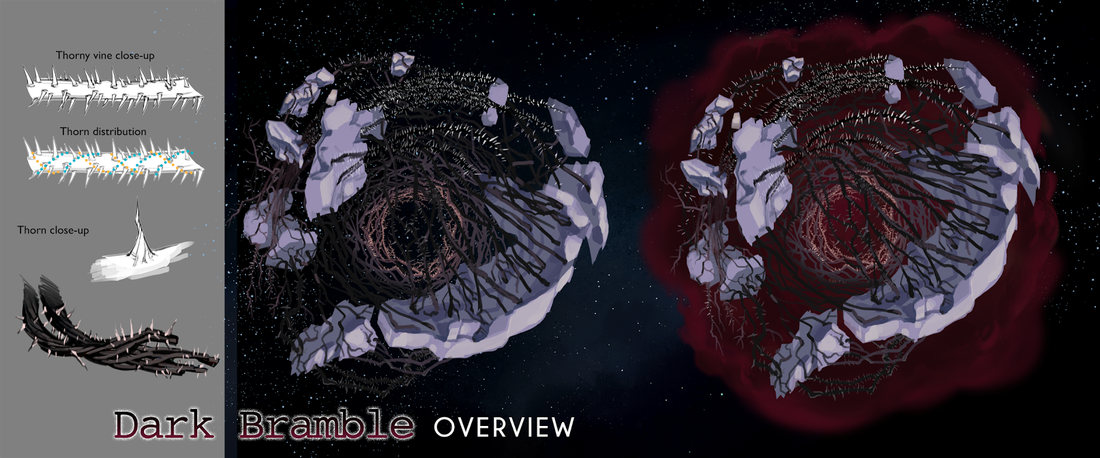
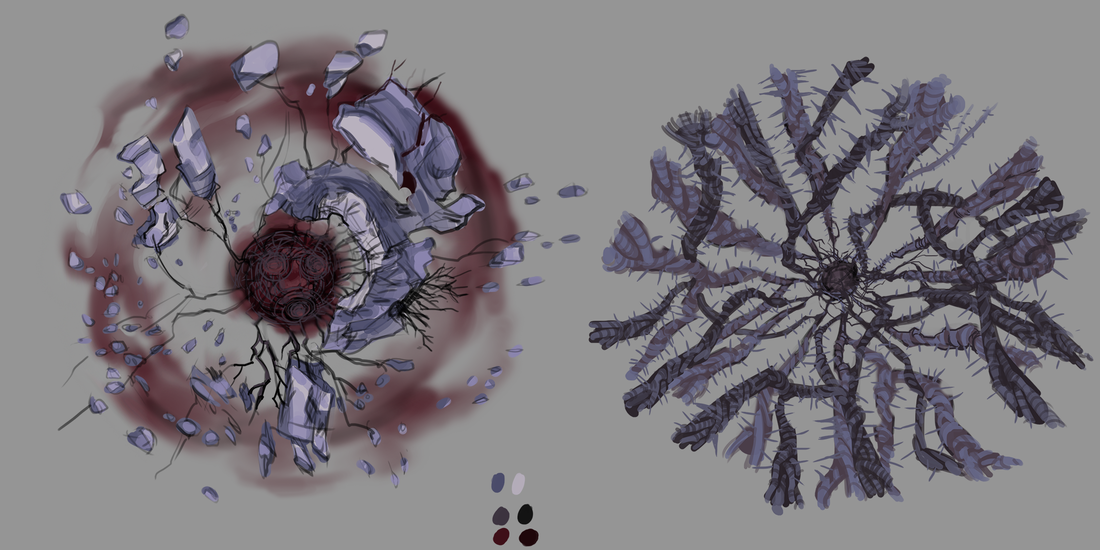

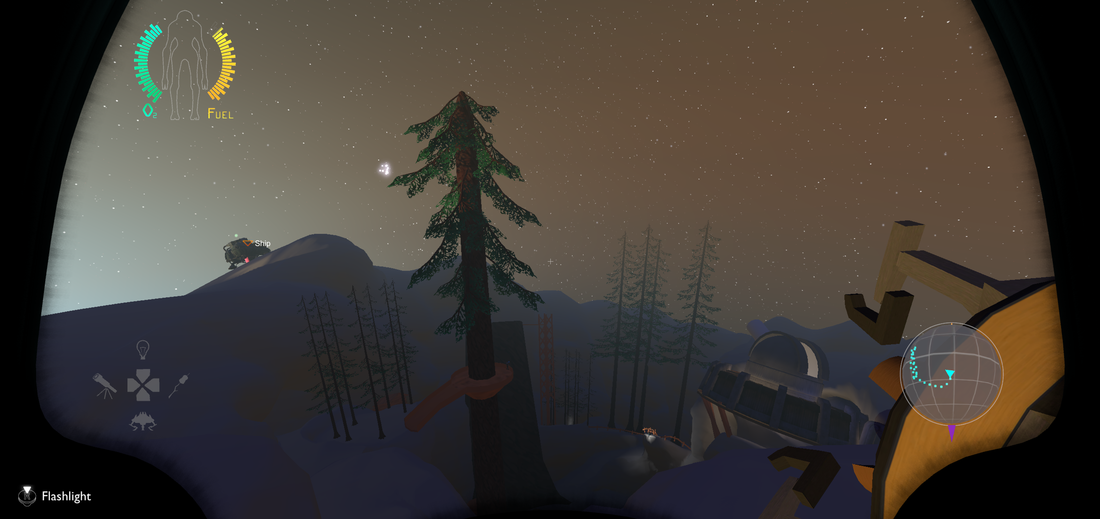


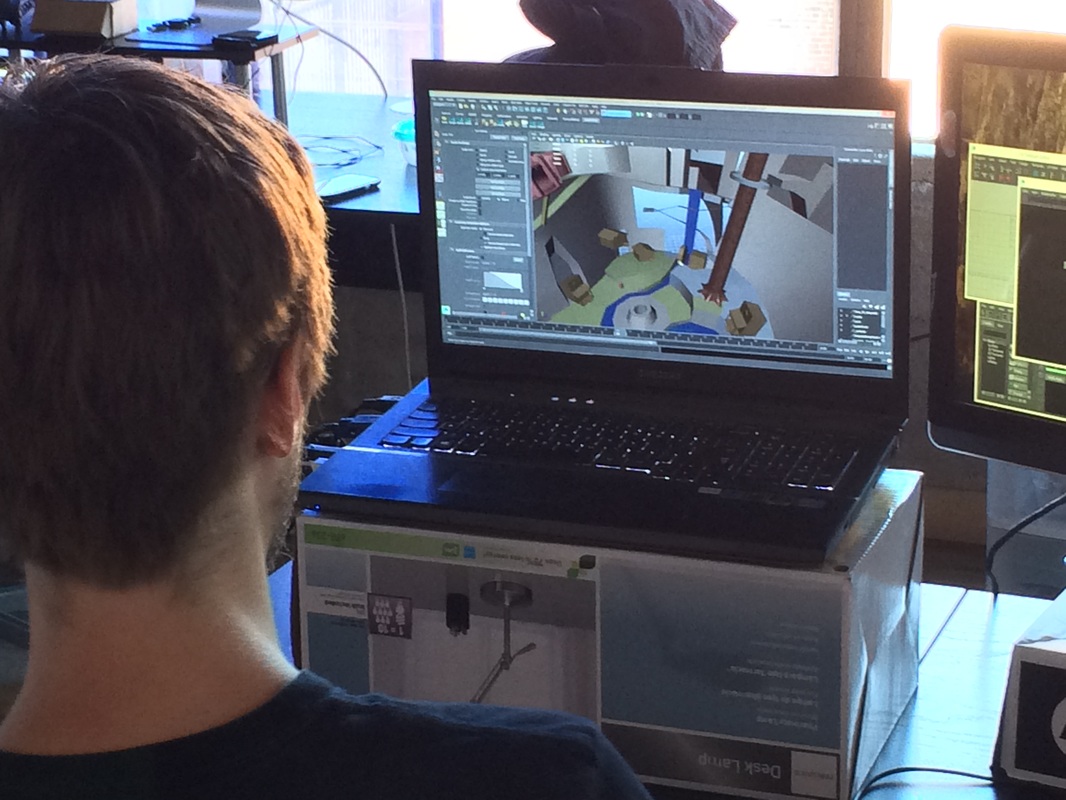
 RSS Feed
RSS Feed